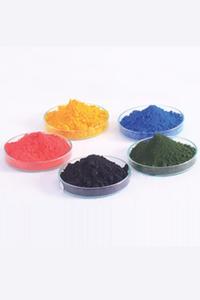Step-by-Step Process: How Digital Ink is Applied on Tiles

Digital inks have transformed the tile manufacturing industry by enabling highly detailed, vibrant designs that traditional methods struggle to achieve. Using advanced technology, these inks allow manufacturers to create durable, colourful patterns with precision and efficiency. What Are Digital Inks in Tile Manufacturing? Digital inks are specially formulated inks designed for direct application on ceramic tiles through digital printing technology. Unlike conventional printing methods, digital ink for tiles offers exceptional colour fidelity, sharpness, and customization. These inks integrate with ceramic stains and glaze stains to ensure colour durability even under high-temperature firing. Step 1: Preparing the Tile Surface Before applying digital ink, the tile surface must be clean and free from dust or grease. The tiles are typically pre-treated to improve ink adhesion and ensure that the design lasts through subsequent processes like glazing and firing. Surface preparation...

